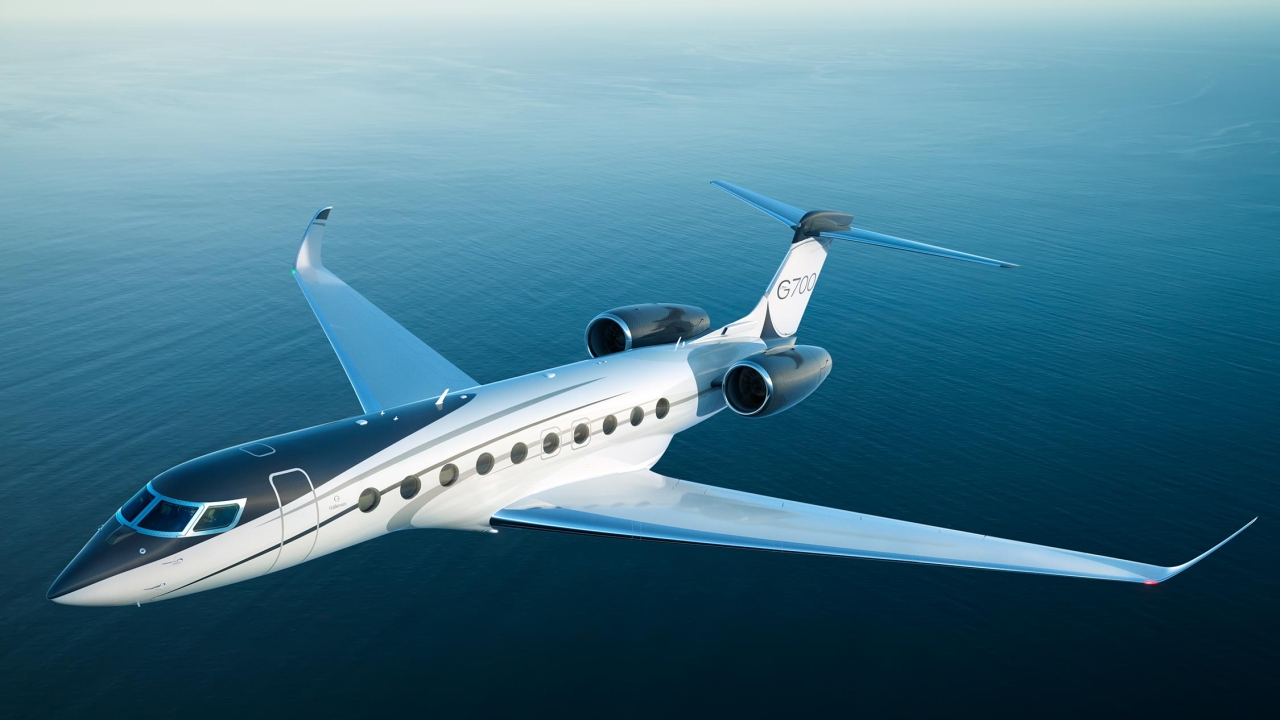Beechcraft Corporation reveals increase in turboprop deliveries to Middle East

The analysis by Beechcraft shows that there were 34 deliveries of turboprops to Middle Eastern countries between 2008 and 2012. This represents 15 percent of all business aircraft deliveries to the region, which is a substantial increase on the period 2003 to 2007, where the corresponding figure was just 3 percent. Beechcraft, which has 67 percent of the business turboprop market in the Middle East, believes that this trend is indicative of an increasing demand for more flexible, cost-efficient and rugged business aircraft in the region.
There are currently 593 business aircraft registered in the Middle East with Beechcraft’s research revealing that the number of deliveries has risen significantly over the past decade. There were 211 deliveries recorded between 2008 and 2012 compared to 103 between 2003 and 2007, an increase of 105 percent.
“As the Middle East’s economy has grown in recent years, so too has its business aviation market,” said Richard Emery, Beechcraft president for Europe, Middle East, Africa and Asia Pacific. “We expect the strong demand for business aircraft in the Middle East to continue to grow in the coming years, reflecting the region’s increasing global influence and economic development. Indeed, over the last five years we have delivered 29 King Airs to the Middle East.”
Beechcraft believes that demand will also be fuelled by growth in the Middle East’s Ultra-High Net Worth (UHNW) population, which is predicted to grow from 4,675 in 2012 to 7,378 in 2022 – an increase of 58 percent2. This is higher than the global average, which is expected to grow by 50 percent over this timeframe. The countries driving this growth are expected to be Iraq, the UAE and Saudi Arabia, whose UHNW populations are projected to grow by 125 percent, 53 percent and 49 percent respectively in the coming decade.
“Turboprops cost substantially less to purchase than a jet and are more economical to operate – factors that have helped lead to an increase in demand for King Airs,” Emery said. “Furthermore, advances in technology over recent years have meant that flying by turboprop provides the same luxury and comfort that is usually associated with much larger business jets.
“In addition, they can access more airports and runways in the region. The Middle East currently has 1,332 airports, but nearly 60 percent of these have either short or unimproved runways, making them inaccessible to larger jets.”
Stay up to date
Subscribe to the free Times Aerospace newsletter and receive the latest content every week. We'll never share your email address.

